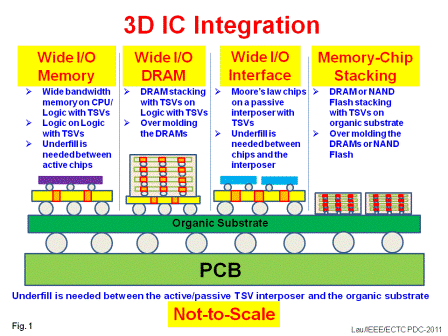A Trinity APU like the AMD A10 5800k delivers around 750 GFLOPS. This is an out of the world performance as compared with the Cell, not least because of the four big Piledrivers contrary to the Cell PPE.
It's all relative though - Trinity offers 3x the max performance of Cell at 6x the transistor count. A modernized Cell would have far outperformed Trinity from a transistor/Flops standpoint, and likely an absolute and wattage standpoint as well.
That's neither here nor there, and as you said, the philosophy at Sony has fundamentally changed as to how the console architectures are approached. Mind you if the previous tales of friction are to be believed, this isn't something that was fully determined or resolved until around 2010 internally.
Anyway, I agree that packaging is going to be where some of the "flavor" is likely to come from Sony's direction this go-around, and I'm onboard with 3dilettante that it in part is likely part of an R&D effort expected to yield dividends across multiple divisions. I know that supposedly, Sony is pushing on 3D imaging sensors right now, and in line with their renewed cell phone push and other IC concerns, it just seems like it would make sense.

